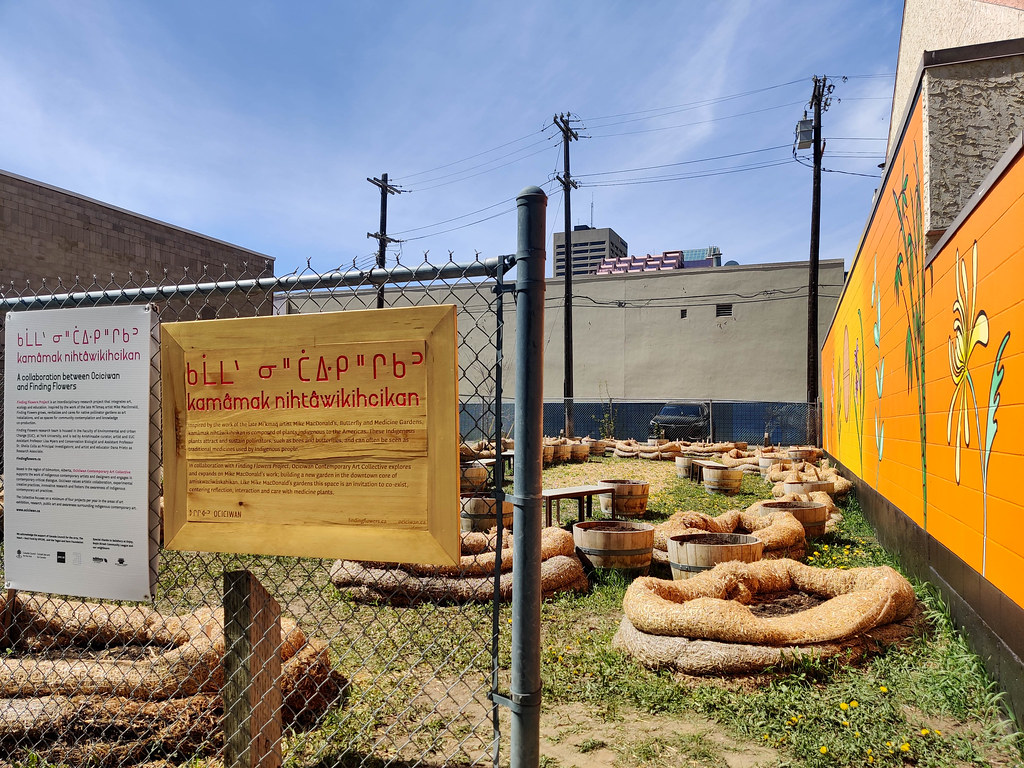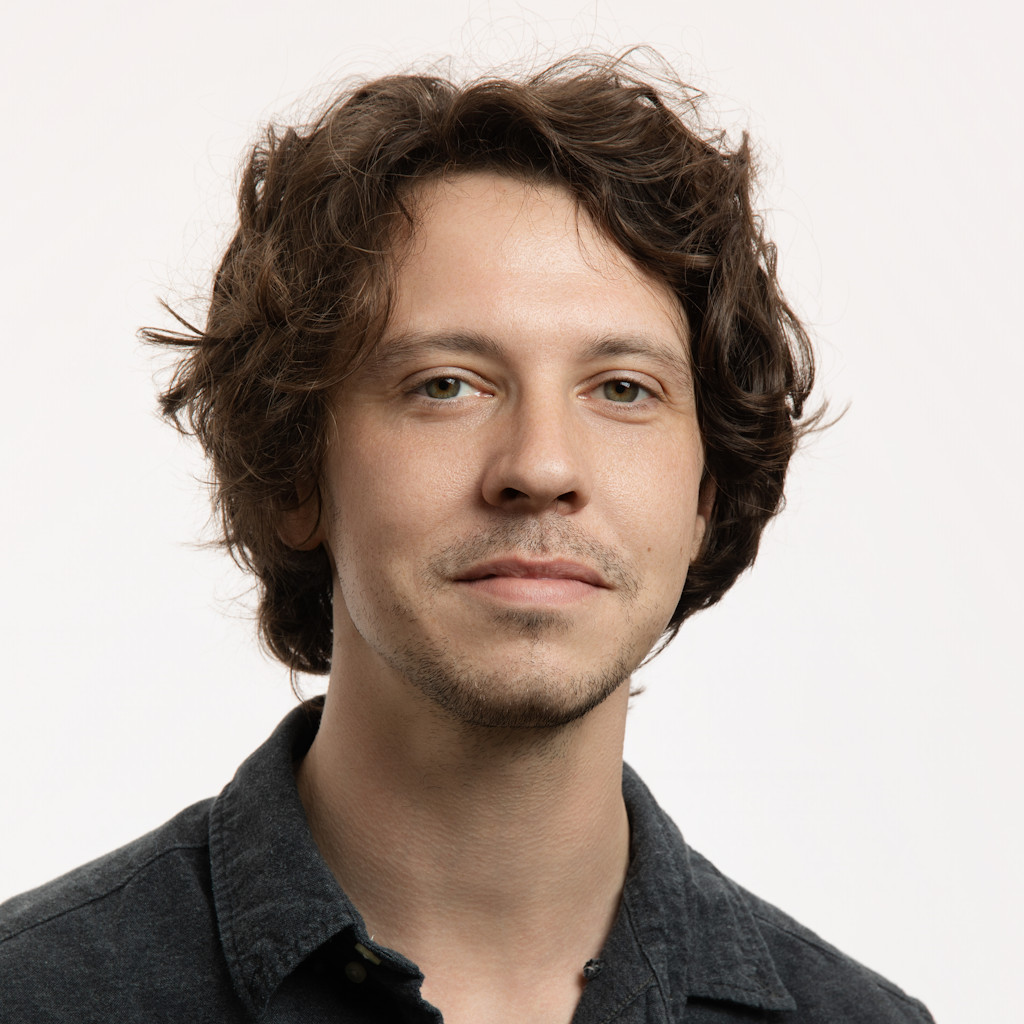
Boyle Street butterfly garden seeks to nourish pollinators and people
By
Brett McKay
A garden designed to attract local pollinators and provide space for reflection and knowledge-sharing among visitors is returning to the Boyle Street community for a second summer.
Located at 10146 96 Street, kamâmak nihtâwikihcikan is a collaboration between the Ociciwan Contemporary Art Collective and the Finding Flowers Project, a York University-based research project. It will be open to the public from June 4 to Oct. 31.
Ociciwan is hoping to increase the presence of medicinal plants this year and further adapt to meet the needs of the community.
"This year, we expanded a little bit more. We're trying to get more traditional medicines, like sweetgrass and sage. But also to include some herbs that folks could use," said Becca Taylor, Ociciwan's executive director.
"I think with each year new things could be introduced. The community has talked a lot about food to us, and I think it'd be really interesting to introduce more food plants as well, as we build capacity and as the community takes a little bit more ownership of the space as it grows."
Part art installation and part sanctuary, the installation was designed by interdisciplinary artist and Ociciwan core member Tiffany Shaw. It expands on the work of the late Mi'kmaq artist Mike MacDonald, who created a series of butterfly and medicine gardens beginning in the 1990s.
"Mike MacDonald gardens are so rich and have really complex thought about relationships with pollinators, but also really deep reflections on colonizing plants that have been introduced into our landscape as well," Taylor said.


